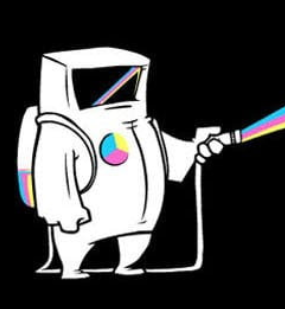Obviously, I’ve heard of table salt (NaCl), but I’ve also heard of others substances being called salts. What do they mean by something being a salt?
There’s the regular Clorox bleach that we use with whites, but then there is non-chlorine bleach. What is a bleach?


Ooh, I think I’m getting it!
When salt dissolves in water, is it because the elements of the molecule split so that sodium and chlorine are freely flowing in water themselves? Or is it because salt molecules are more attracted to water molecules than other salt molecules? If it’s the former, would adding another ionic element to the water change the salt to something else? If it’s the latter, why are they more attracted to other water molecules?
What‽ That just 🤯
Is household bleach a double ionic molecule because the oxygen and chlorine have an ionic bond, then that molecule has an ionic bond with sodium?
When salts dissolve in water, the resulting ions are surrounded by layer of water molecules known as a “solvation shell”. Water molecules are polar, so they are attracted to ions for the same reason ions attract each other. Dissolved ions can travel through water freely but will remain surrounded by the solvation shell until something else binds to the ion.
So it’s fair to say that a dissolved ion is more attracted to water molecules than to salt molecules. When a salt precipitates, the opposite is true.
Finally, a mixture of dissolved salts has the properties of its ions but no “memory” of the original salts. In other words, if you mix a solution of NaCl with a solution of KNO3, the result is the same as mixing solutions of NaNO3 and KCl.
EDIT
Bonus trivia: solvation shells are critical to how your neurons and muscle cells send electrical signals. Cellular electrical currents are carried by ions, including Na+ and K+. Cells need to distinguish those ions. How? The K+ solvation shell is larger than that of Na+. So cells conduct Na+ with pores that allow Na+ through but are too small for K+.
But what about selectively conducting K+? For that, the ion enters a ring that is the same size as the K+ solvation shell. The ring simultaneously grabs and rips off all the water molecules, so the K+ ion can pass through a tiny pore without its solvation shell. The Na+ solvation shell is too small for the ring, so the solvation shell cannot be grabbed and ripped off. Thus the Na+ ion cannot get through the tiny pore.
First question first. The ions in the salt dissociate with one another and more or less freely flow in the water.
Second, as far as I know, the hypochlorite ion has a covalent bond holding it together. It’s just not a very stable bond.